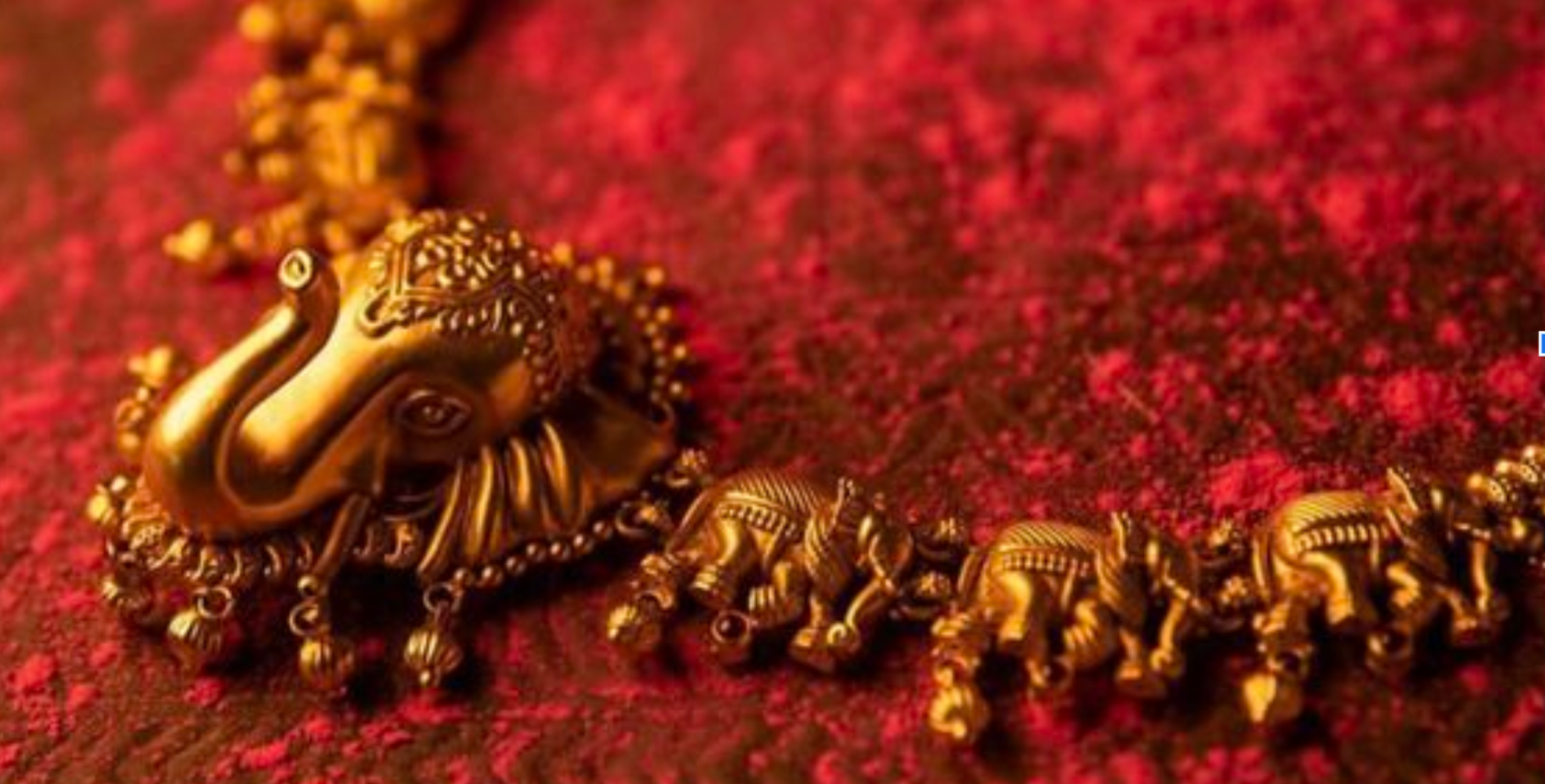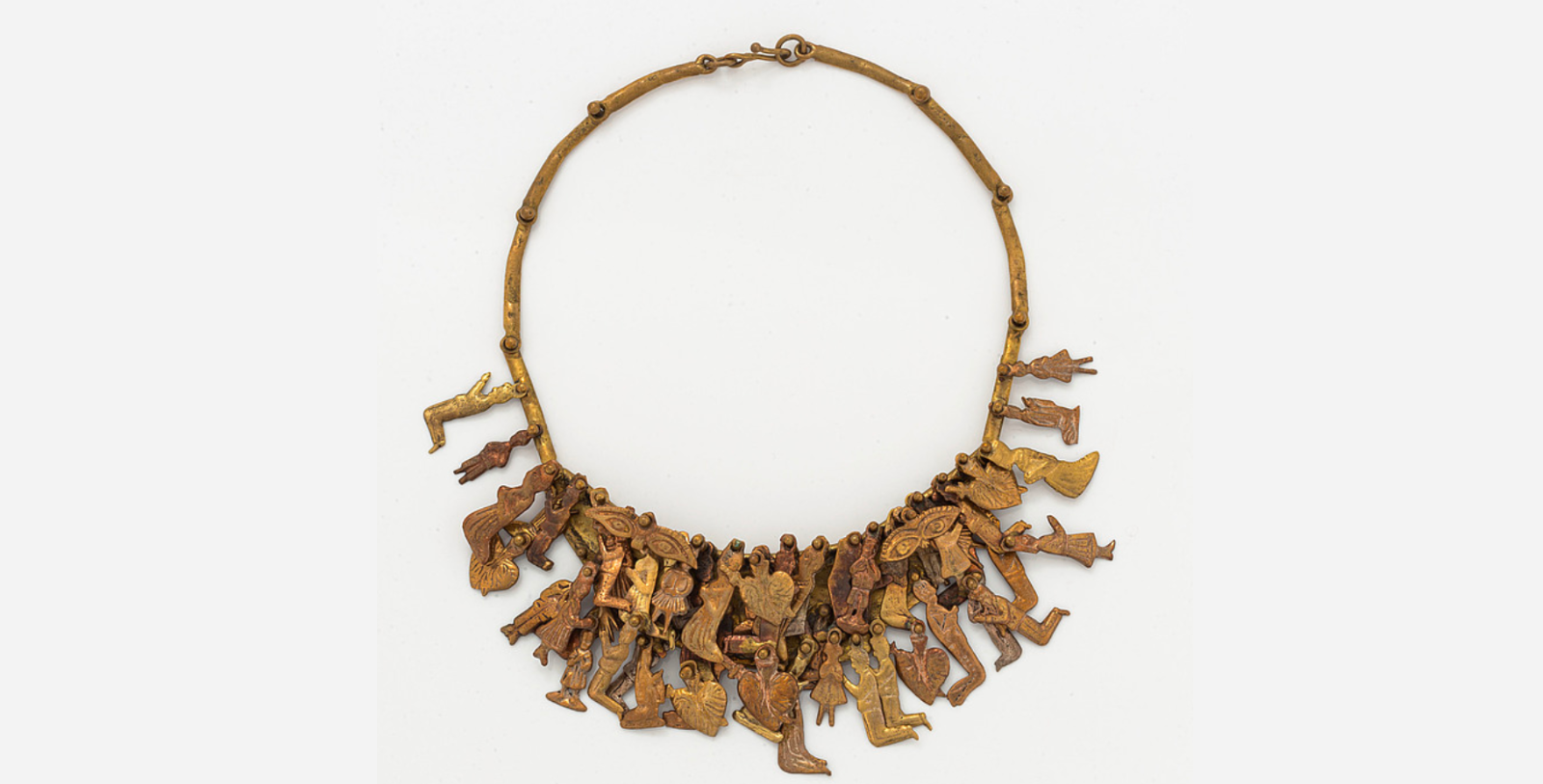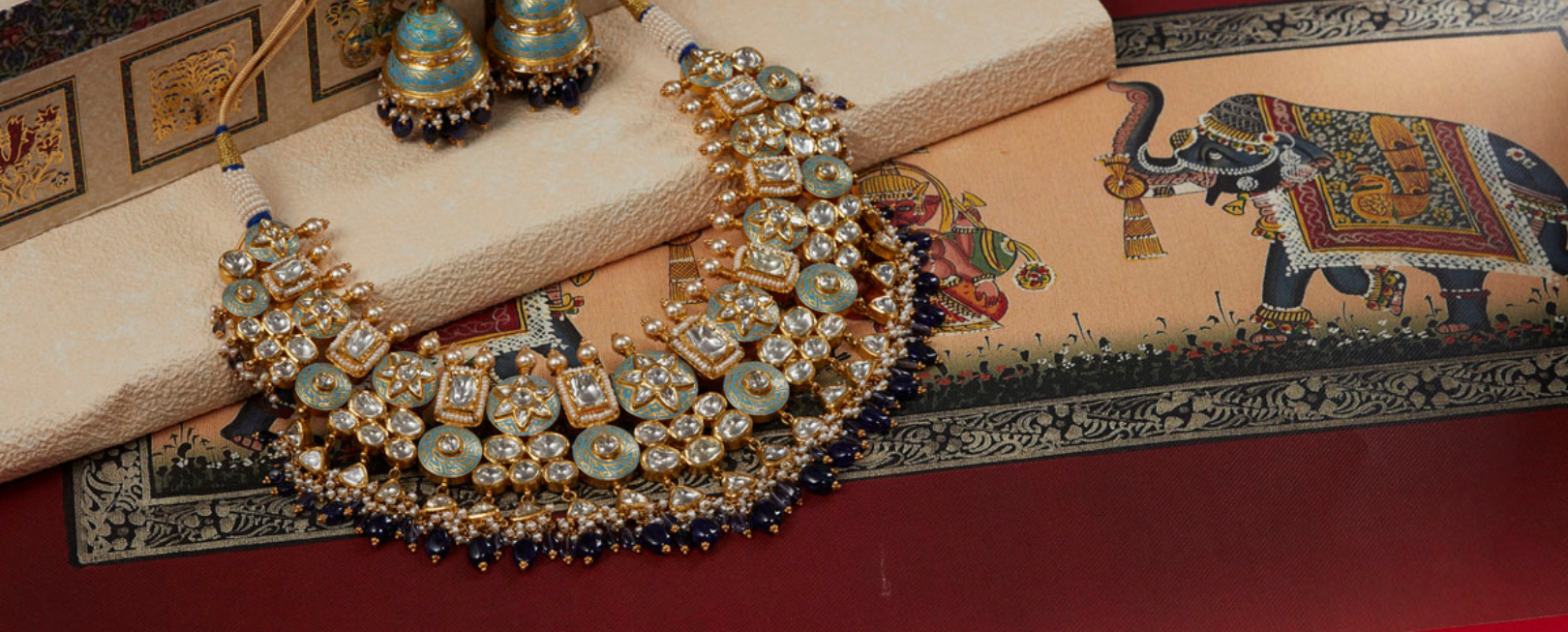Gold purity is measured on a scale of 24, with 24 karats being the purest form of gold, also known as 24K gold. In its purest state, gold is incredibly soft and malleable, which makes it less suitable for intricate jewellery pieces that require durability. To enhance its strength and durability, gold is often alloyed or mixed with other metals. This alloying process is what gives rise to different karat levels.
In the case of 24K gold, it’s composed of 99.9% pure gold, making it the most lustrous and radiant form. However, because of its softness, 24K gold is not commonly used in everyday jewellery. Instead, you’ll often encounter 22K, 18K, and even 14K gold in the jewellery market.
14K Gold: If you’re a bride with a penchant for understated elegance, 14K gold might be your ideal choice. It boasts a blend of 58.3% pure gold, reinforced with a mixture of other metals for strength and durability. This karat level can be seen as a representation of a marriage—resilient, lasting, and beautiful in its strength. It can be a perfect choice for you if you want jewellery that stands the test of time. 14K gold allows you to don your bridal jewellery without constant worry, and its warm, radiant glow complements a minimalistic and contemporary bridal look. Many bridal gold pieces and engagement rings are 14K gold.
18K Gold: At 75% pure gold, 18K gold is the embodiment of timeless beauty and endurance. It’s a classic choice that mirrors the enduring brilliance of your love. Much like your marriage, 18K gold is a balance of purity and durability. The gold’s radiant hue symbolises the unwavering commitment you and your partner share. Choosing 18K gold for your bridal jewellery will give you a blend of tradition and sophistication, making it an excellent choice if you are looking for a diamond-studded necklace with a chic look. Whether you prefer a minimalistic or more elaborate bridal look, 18K gold can seamlessly adapt to your style. When compared with 14k, 18k has a lower percentage of gold and shows a rich yellow colour tone. Since it has more gold, it is generally more expensive than the 14k. However, it is significant to note that since 14K has more gold content, it can be allergic to some people who have sensitive skin.
22K Gold:Stepping into the second purest form, 22K gold reigns supreme with 91.7% gold. This level of purity embodies tradition, culture, and a deep connection to heritage. Each piece of 22K gold jewellery is like a canvas, painting a narrative of the past with intricate designs and symbols drawn from Hindu mythology. If your bridal look revolves around celebrating the rich tapestry of tradition and you seek jewellery that tells a story, 22K gold is a perfect choice. Its lustre and symbolism can add a touch of grandeur to your bridal ensemble, whether you’re opting for a traditional or contemporary look.
24K Gold: The pinnacle of purity, 24K gold is as pure as your love’s intent on your wedding day. Composed of 99.9% pure gold, it captures the essence of true love in its radiant form. However, while 24K gold is the purest, it’s also the softest, making it almost impractical to find as jewellery. You can still have it as a gold coin or gold biscuit. As you look to choose the perfect karat for your bridal jewellery or everyday wear jewellery, remember that each karat level has its own unique story to tell. The karat you choose is more than a measure of gold; it’s a measure of your love, encapsulating the enduring strength, elegance, and tradition that define your special day.







